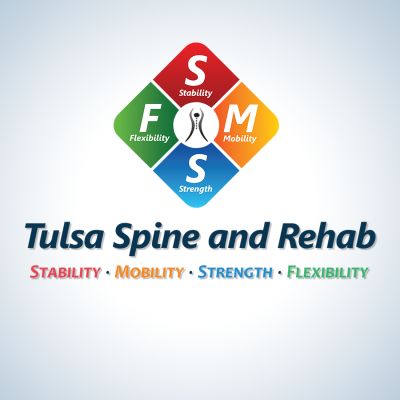Is an MRI Necessary for My Diagnosis?
MRI, or magnetic resonance imaging, is a noninvasive test similar to CT scans and X-rays. A powerful magnetic field is used to make detailed internal pictures of the body, including soft tissue. (Soft tissue is made up of ligament, tendon, and muscle.) These pictures are then used to help diagnose medical conditions. Typically, physicians may recommend MRI after performing an exam and/or based on the patient’s complaints.
MRI for low back painThere’s really no downside to an MRI besides being exposed to a small amount of radiation. It involves lying down on a flat surface for around 30 minutes, so patients with significant low back pain may need to use another option. Closed MRIs may also be an issue for people who are claustrophobic. In that case, they may instead prefer to use newer open MRI technology.
For the most part, X-ray is the first type of diagnostic imaging that a physician would recommend. The problem with plain film X-ray is that it doesn’t really show what the soft tissues look like. Many of our readers are closely familiar with athletics—rotator cuff injuries in the shoulders and ACL injuries in the knees are examples of sport-related soft tissue conditions that are commonly diagnosed with an MRI.
As patients become more educated about their options, they are more likely to ask if an MRI should be used to diagnose their condition. MRI may be a good option if the patient has experienced an accident or injury that was very sudden. We may also be concerned if the patient has a history of cancer or other serious conditions. MRI is a very good diagnostic tool for progressive cases such as metastatic disease in the bone.
In chronic cases of low back pain, however, MRI is typically overused. (Overzealous recommendation of imaging is one of the contributors to rising costs in healthcare.) The first line of defense is a thorough examination. We can assess the patient’s issue by looking at orthopedic tests, neurological tests, range of motion, and their detailed history. All of those factors can give us an idea of the underlying problem.
For low back pain we’ll typically be looking for disc herniation, which we’ve spoken about in past blog posts. The disc is the spongy material between each vertebrae that effectively acts as a shock absorber. Injury or degenerative wear and tear could cause the discs to herniate or bulge. This in turn puts pressure on a nerve, resulting in sciatica (pain that runs down the leg).
In chronic low back cases, MRI would likely show some form of degenerative disc disease, disc herniation, or stenosis (narrowing). It would then lead us toward injections or perhaps even surgery when it wouldn’t have been necessary. Instead, if we can examine the patient and determine that they have chronic low back pain, we can then start advising them with manipulation, exercise, activity modification, or self-treatment that would result in a better response.
If you would like to learn more about whether or not MRI is appropriate to diagnose your condition, contact us online or give us a call at (918) 743-3737.
061815
The post Is an MRI Necessary for My Diagnosis? appeared first on Tulsa Spine and Rehab » SpineCast with Sean Riley.
